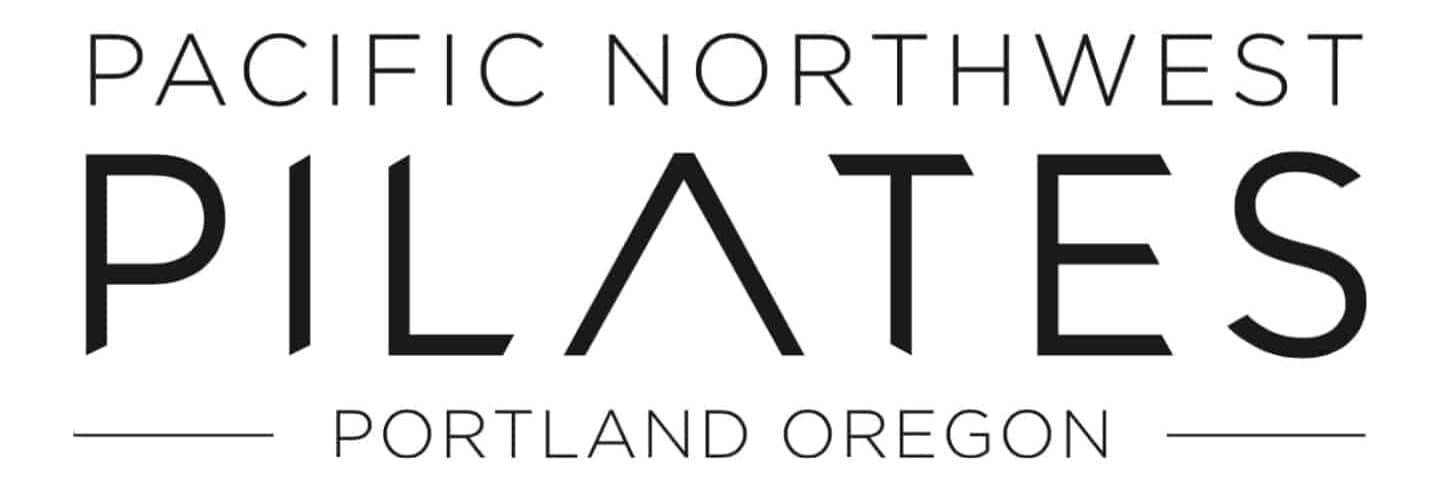Some people struggle with body awareness, or proprioception—the ability to sense where their body is in space and how it moves. While it’s tempting to repeatedly ask, “Can you feel it?” when guiding clients, this approach often leads to frustration for both parties. Instead, it’s important to understand that there may be real physiological reasons behind a client’s challenges with proprioception. As movement professionals, we can make a meaningful difference by offering thoughtful guidance and using tools that enhance body awareness.
There’s a Reason Why Some People Have Less Body Awareness
- Hypermobility Syndromes: Individuals with conditions like Ehlers-Danlos Syndrome often have low proprioception. Excessively mobile joints send less clear feedback to the brain, making it harder for clients to feel their body’s position or control their movements effectively.
- Neurological or Developmental Factors: Differences in sensory processing or motor development, as seen in conditions like dyspraxia or autism, can affect proprioception.
- Lifestyle and Injury: Sedentary habits, injuries, or chronic pain can diminish proprioceptive ability. Injured joints, for example, often lose their sensory feedback without targeted rehabilitation.
Good Pilates Training Can Enhance Body Awareness
Pilates offers a structured, precise approach to improving proprioception. Here are some ways instructors can help clients reconnect with their bodies:
1. Feedback Tools: Props and Pilates Equipment
- Props like bands, balls, and foam rollers provide tactile feedback, helping clients understand their body position. For instance, placing a small ball under the lumbar spine can highlight proper alignment and spinal movement.
- Pilates equipment, such as the Reformer or Cadillac, creates compression or distraction in the joints, giving clients clearer sensory input. These tools also offer guided resistance that fosters better motor control.
2. Centering Joints for Awareness and Activation
- Aligning or “centering” joints helps clients experience what optimal movement feels like. For example, guiding a client’s knee to track correctly over the foot in a lunge can improve both stability and proprioception, making it easier for muscles to activate effectively.
3. Knowledge and Empathy
- Recognizing that low proprioception isn’t due to stubbornness is essential. Asking, “Can you feel it?” repeatedly doesn’t help if a client’s nervous system isn’t providing clear signals. Instead, offer patient guidance and adapt your approach.
- Use tactile and verbal cues to support learning. For example, tapping the abdominals during a plank or applying a resistance band around the waist can enhance sensory feedback.
4. Mindful Progression and Clear Cues
- Start with simple exercises and progress as clients’ awareness improves. Use precise, relatable cues like “imagine pulling your belly button toward your spine” to foster better motor control.
- Encourage clients to move slowly and mindfully, focusing on one movement at a time to build confidence and connection.
Yes, It Matters
Improving proprioception through Pilates has far-reaching benefits. It can:
- Reduce injury risk by improving alignment and coordination.
- Enhance physical confidence and independence.
- Foster a deeper connection between mind and body.
By using empathy, knowledge, and the right tools, we can empower clients to overcome proprioceptive challenges. When instructors understand the physiological reasons behind low body awareness, they’re better equipped to guide clients toward improved movement and confidence—without frustration.

